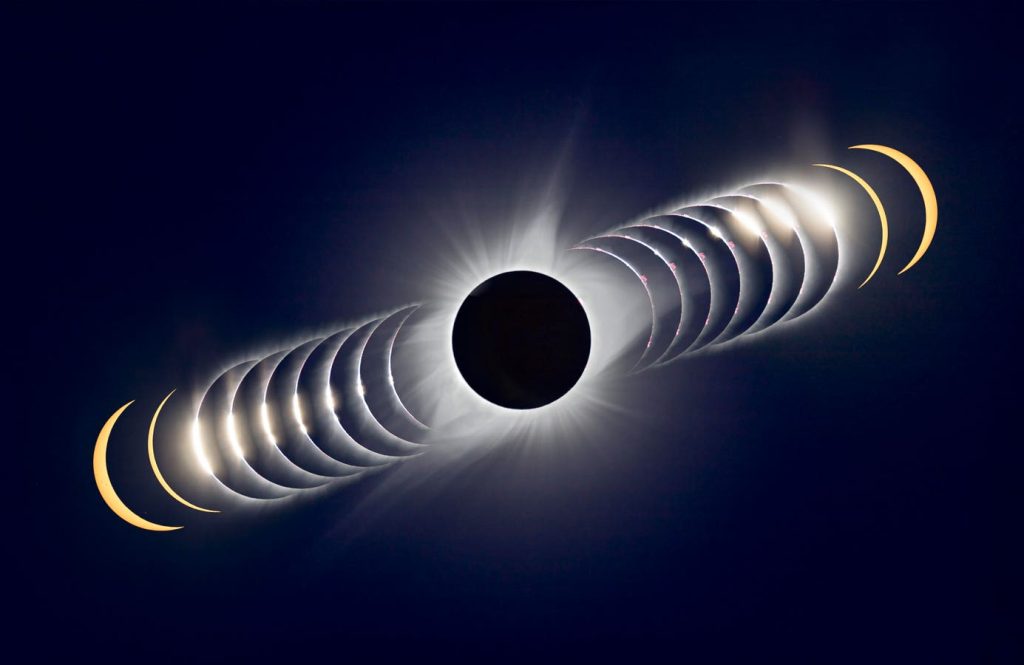This week, North America is gearing up for a rare celestial event – a total solar eclipse. While those not in the path of totality can still witness a large partial solar eclipse, it is recommended to check for clear skies for the best viewing experience. Alongside the eclipse, Comet Pons-Brooks, a short-period comet that orbits the sun every 71 years, is expected to be visible in binoculars this month. Additionally, the sighting of the Shawwal Moon marks the end of the Islamic fasting month of Ramadan and the beginning of the feasting festival of Eid-al-fitr.
Monday, April 8 brings a “Supermoon” Total Solar Eclipse, a phenomenon that occurs every 366 years on average. The total eclipse will last up to 4 minutes and 26 seconds, with the best views available in the path of totality stretching from Mexico to Canada. The rest of North America will experience a partial solar eclipse. This eclipse is also a “supermoon,” with the moon at its closest point to Earth during its orbit, resulting in it being 1.057 times the size of the sun.
On Tuesday, April 9, a 2%-lit crescent moon will be visible in the southwestern sky just after sunset. The moon will quickly sink below the horizon, requiring binoculars to spot in the twilight sky. Wednesday and Thursday follow with a slightly larger waxing crescent moon visible in the sky after sunset. Jupiter and Comet 12P/Pons-Brooks will also be visible during these evenings, providing an excellent stargazing opportunity.
Looking ahead, the next total solar eclipse in the U.S. is set to occur in Alaska on March 30, 2033. Eclipse enthusiasts may want to plan a trip to Europe for the continent’s first total solar eclipse on the mainland since 1999, happening on August 12, 2026. The path of totality will cover a portion of Greenland, Iceland, and the North Atlantic Ocean, providing unique viewing opportunities for sky-watchers.
For the most accurate location-specific information on celestial events, online planetariums like Stellarium and The Sky Live can provide detailed data on planet-rise/planet-set, sunrise/sunset, and moonrise/moonset times. Ensuring clear skies and wide eyes, observers are encouraged to immerse themselves in the awe-inspiring sights of the night sky this week and beyond.


